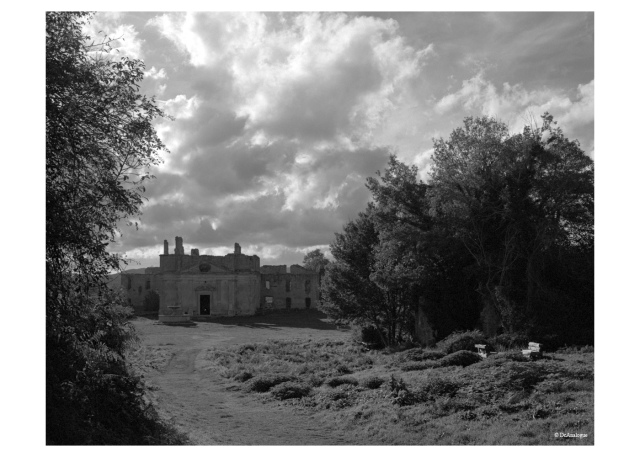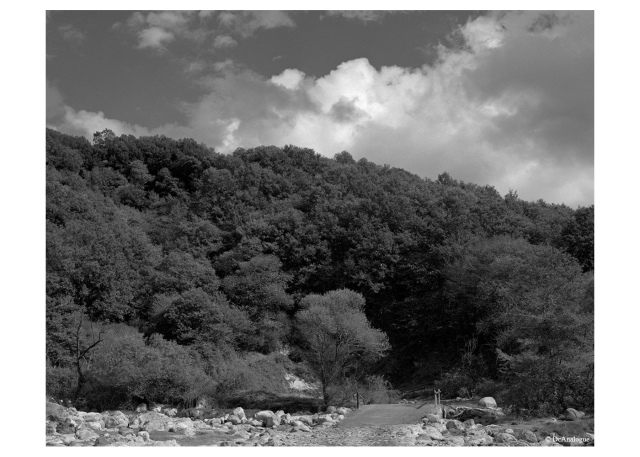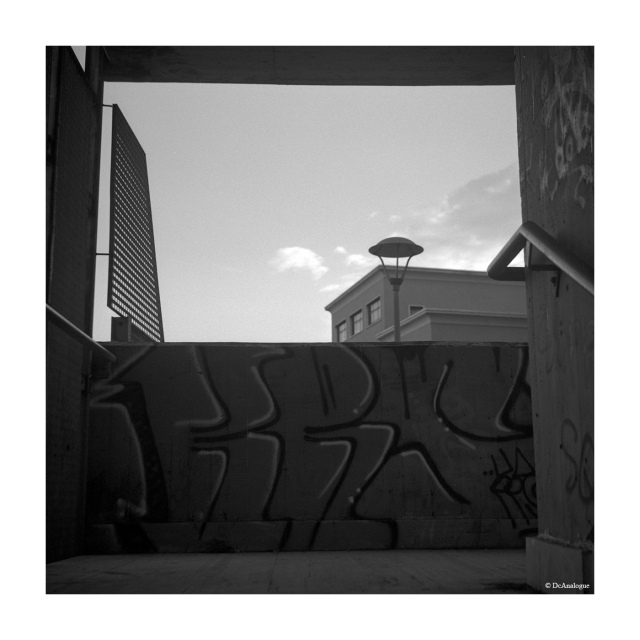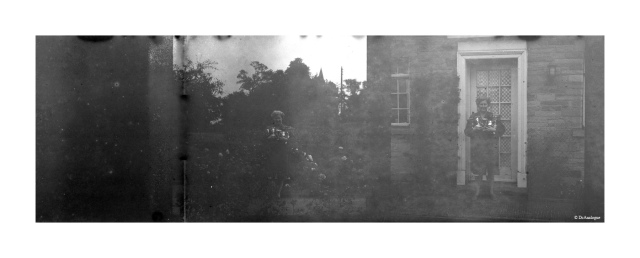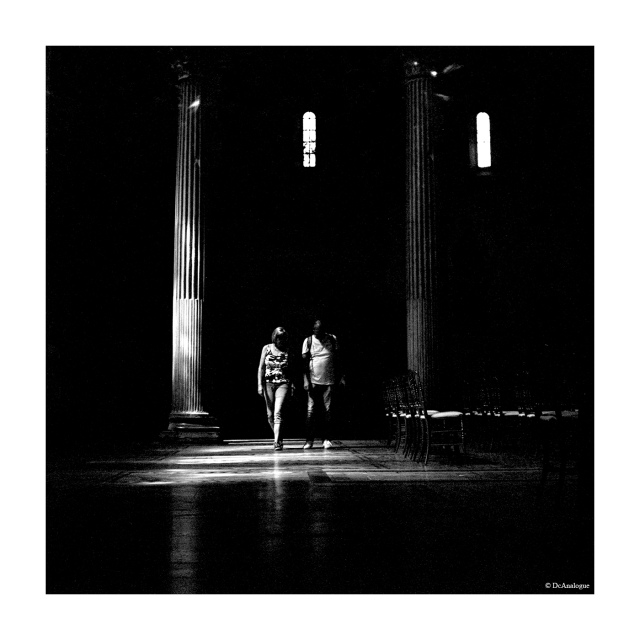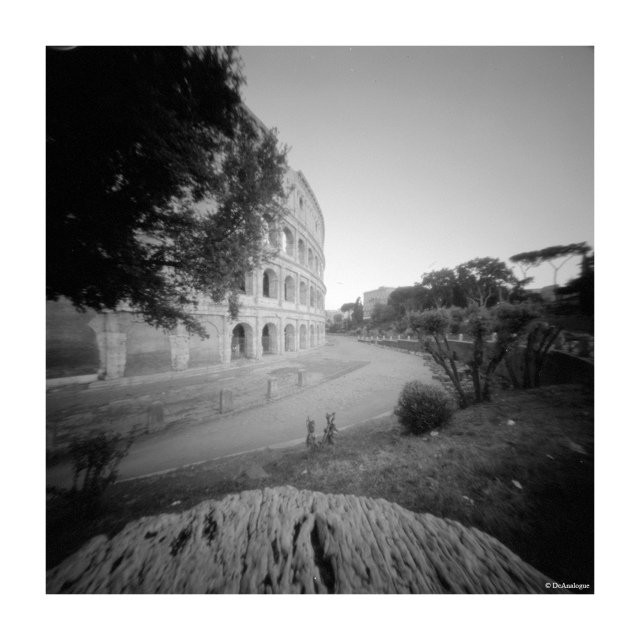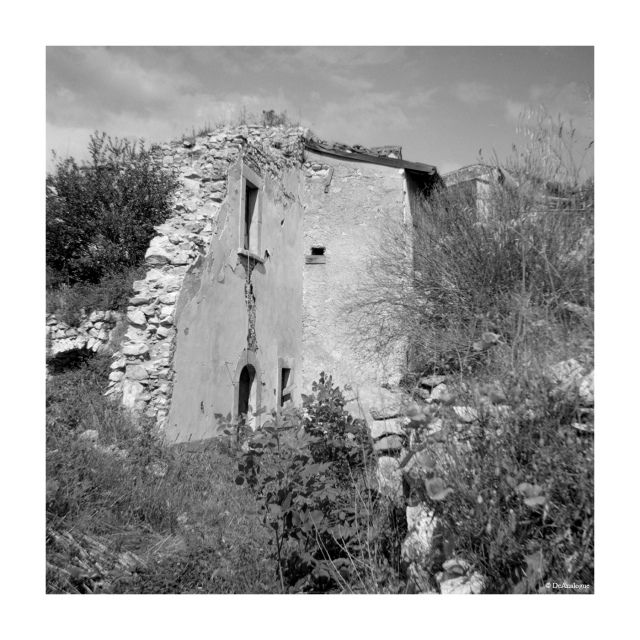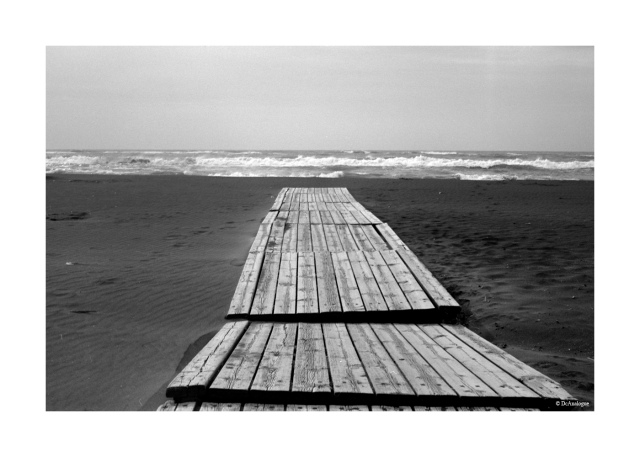
The Moskva 5 is a big Soviet made camera, which follows forms and performance of the most renowned folding Zeiss Super Ikonta. Snap 6×9 cm frames and 6×6 through a special removable mask. For the technical specifications of the camera back to the previous test readers: here and here. This time, taking advantage of a typical winter day, I wanted to use it in its native format, for large negatives (if any) to print.
